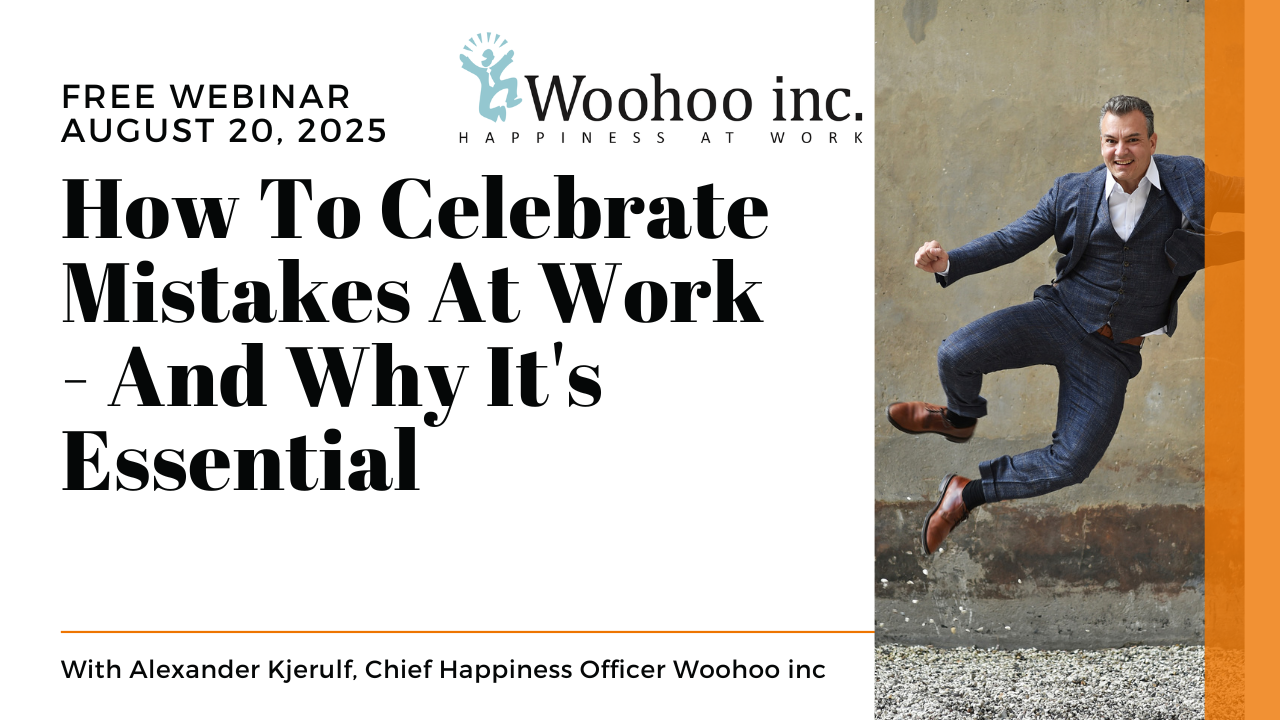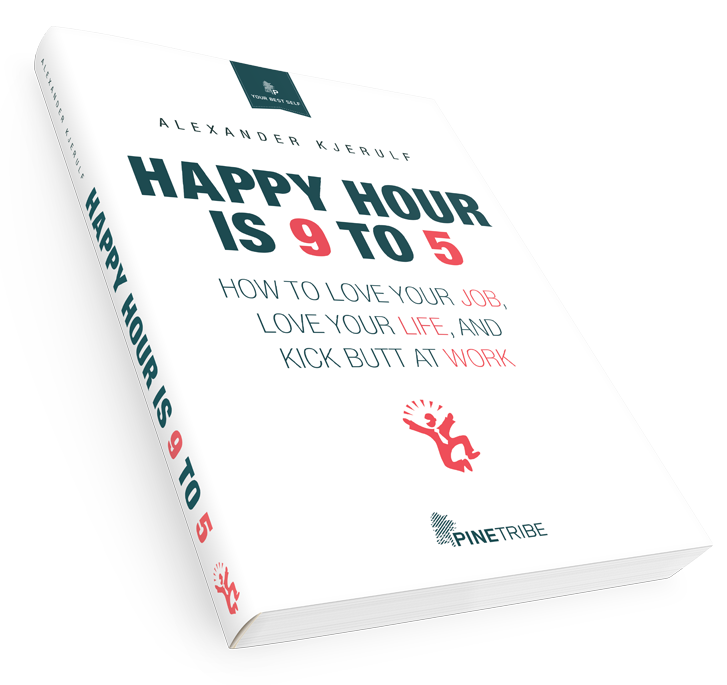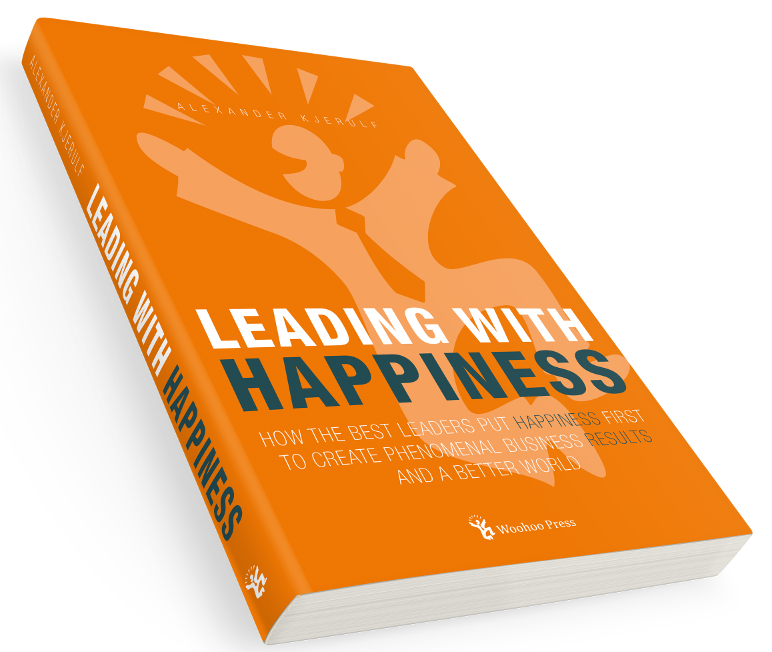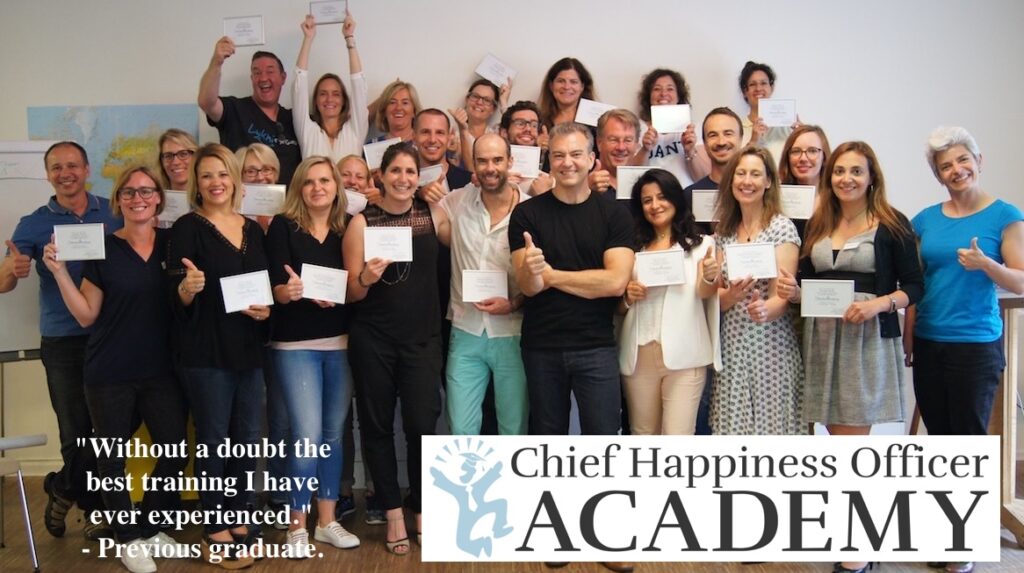There are boring offfices, cool offices and offices that just take your breath away!
In December we got a tour of dPOP in Detroit and what we saw there blew us away completely.
This is hardly surprising – dPOP’s business is to design office spaces for their clients – but still, this space was beyond awesome.
Here are a few of the pics we took at one seeeeeeriously cool office.
 Why NOT have a space suit in your lobby?
Why NOT have a space suit in your lobby?
 The office is in an old bank vault and the vault doors are still there.
The office is in an old bank vault and the vault doors are still there.
 Inside the vault is this amazing meeting room.
Inside the vault is this amazing meeting room.
 This meeting table spins like one of those playground carousels.
This meeting table spins like one of those playground carousels.
 Besides your desk, there are many other places to meet and work.
Besides your desk, there are many other places to meet and work.
 Another vault door.
Another vault door.
 Behind which is another meeting room.
Behind which is another meeting room.
 They’ve kept all the safe deposit boxes, many of which are still locked.
They’ve kept all the safe deposit boxes, many of which are still locked.

These shelves contain objects found during the renovation, arranged by two local artists.
 This mural was chiseled into the concrete wall by an artist.
This mural was chiseled into the concrete wall by an artist.
 Another meeting space.
Another meeting space.
Not only is dPOP’s own HQ cool, the spaces they’ve designed for their clients are just amazing. You can see some of their work here.
I’m not going to claim that redecorating the office space is a surefire way to create a happy workplace. I’ve seen some very unhappy workplaces, that had beautiful bright airy office spaces but completely toxic cultures. I’ve also seen incredibly happy workplaces, whose offices look like crap.
But I still think that office design matters. And on a more fundamental level, why does every workplace have to look the same? Why does every office or meeting room inside a company have to look the same? We know that our minds thrive on variety and I think you can let the office design reflect that.
Your take
What do you think of dPOP’s office? How does the look compare to your office? What are some things you love about the design of your workplace? What are some things that just don’t work?
Related posts






















 I’m featured in
I’m featured in 





